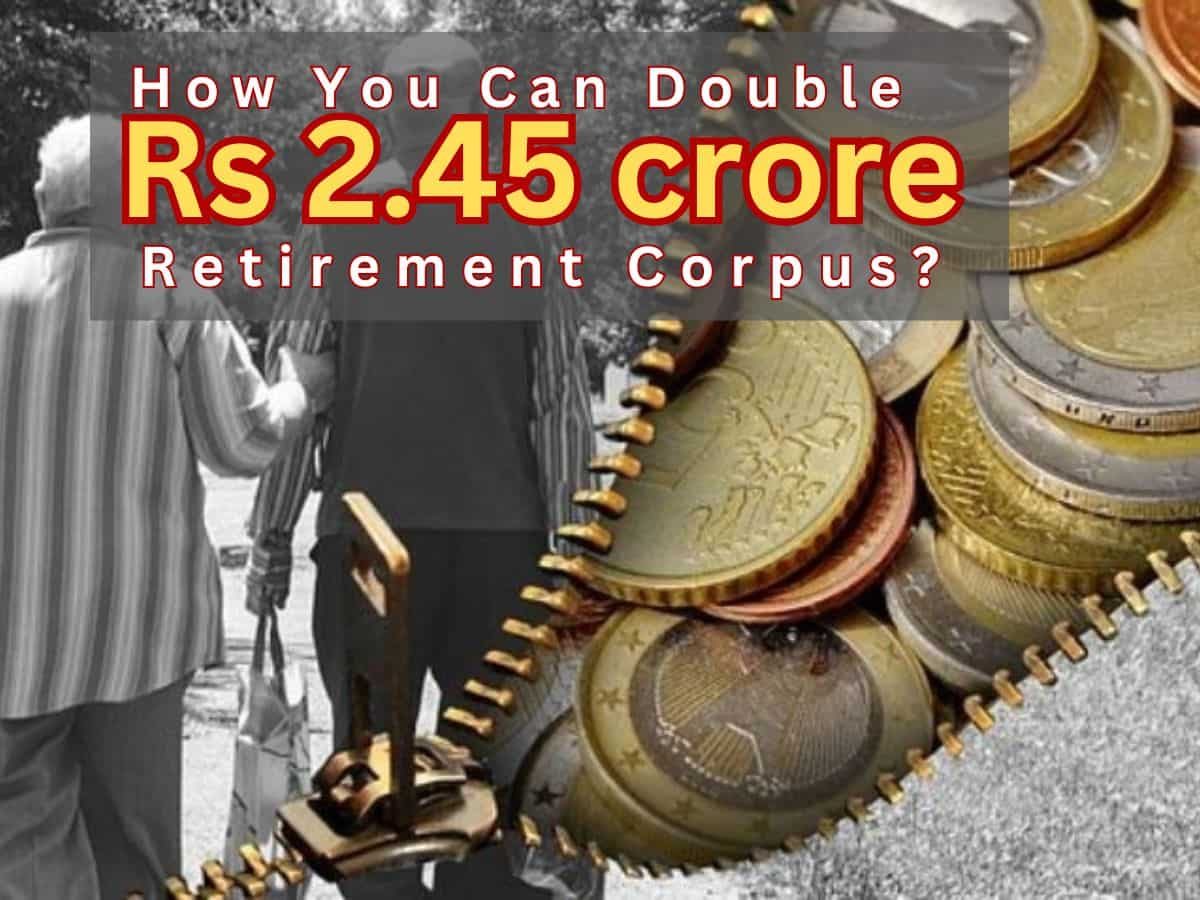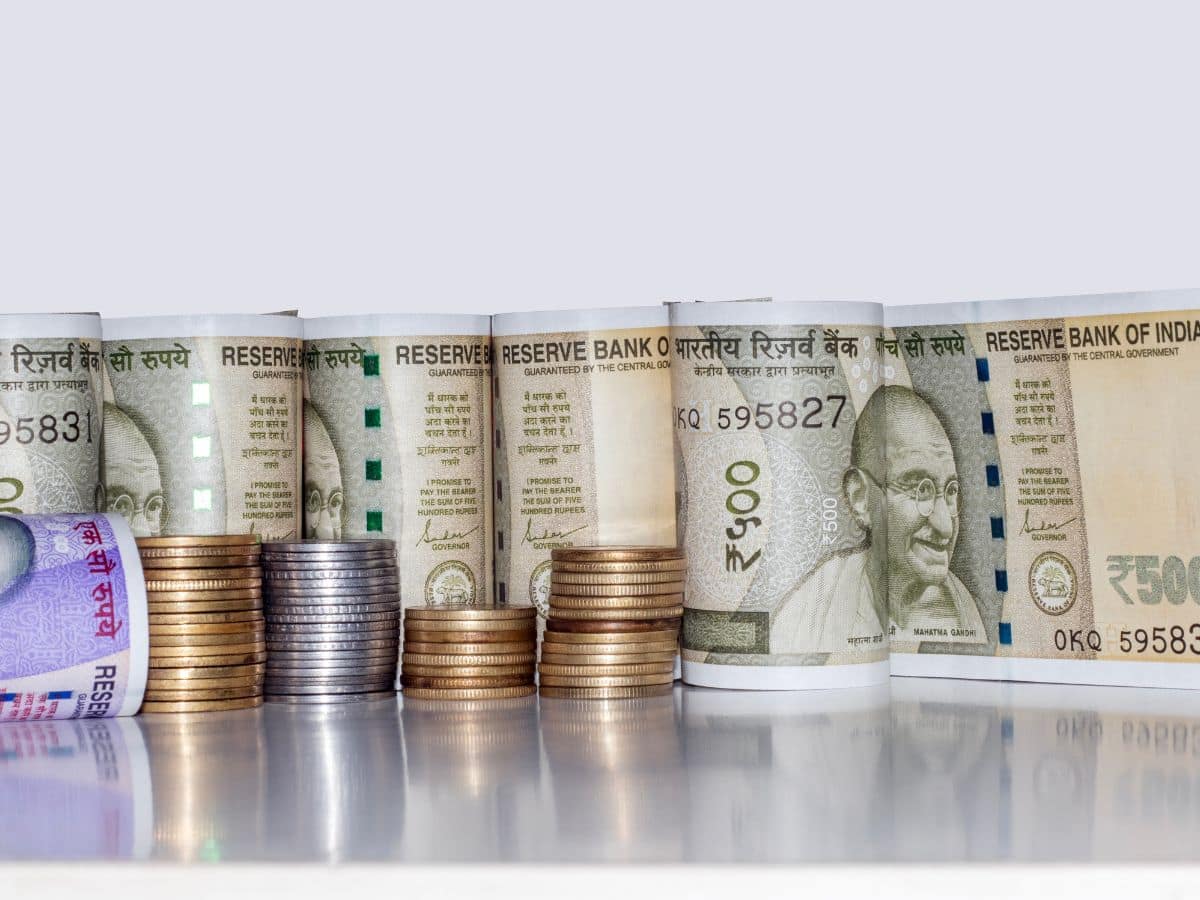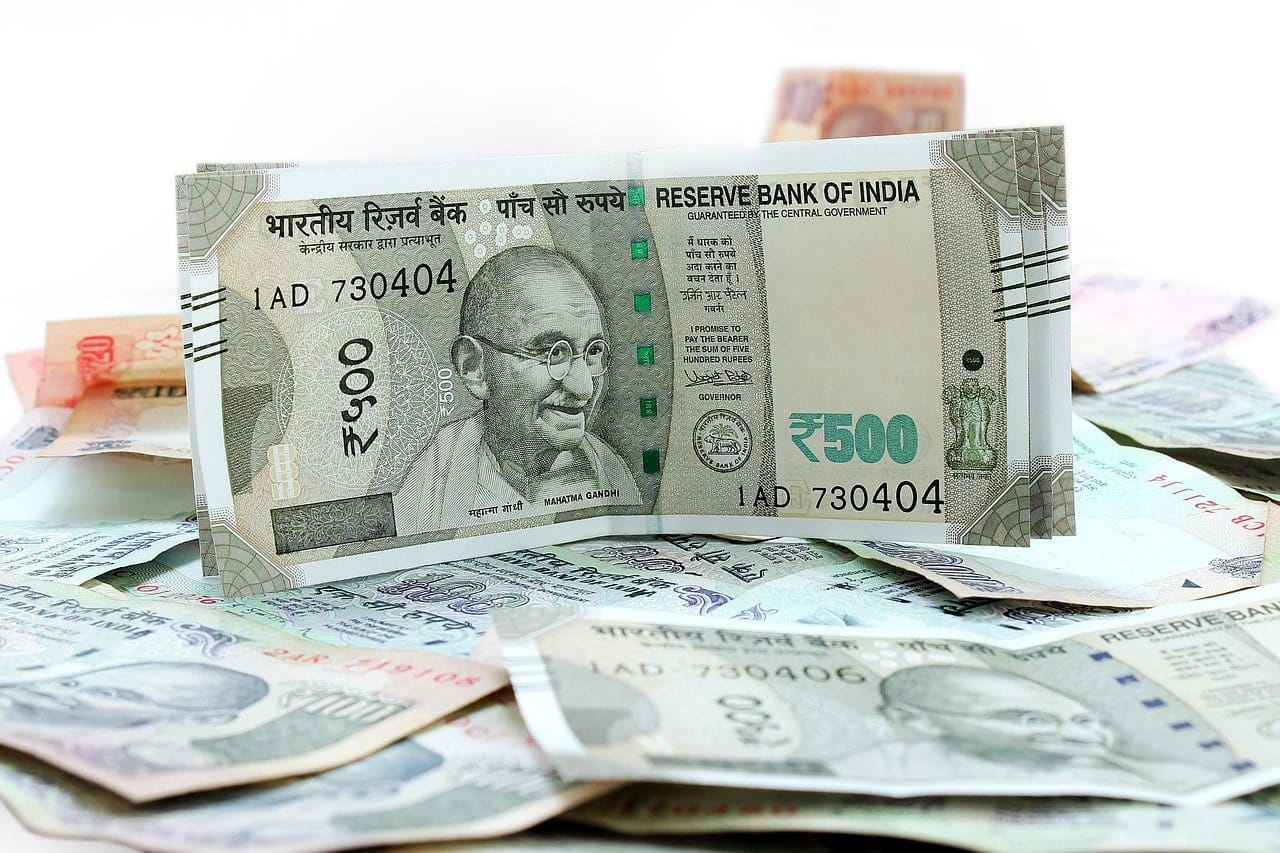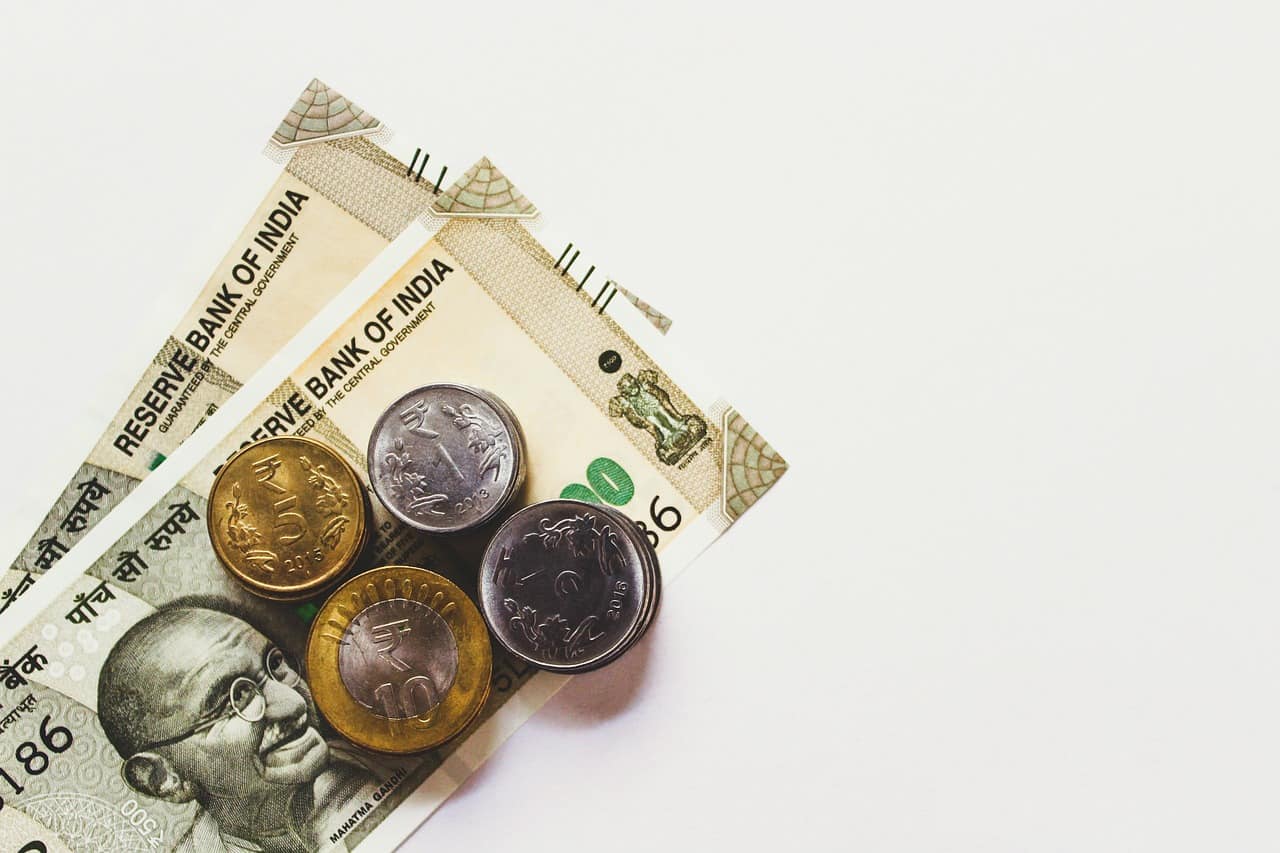VPF vs EPF: How you can double your Rs 2.45 crore retirement corpus by investing extra through Voluntary Provident Fund
VPF vs EPF: Are you contributing the standard 12 per cent of your basic salary to your EPF but looking to boost your retirement corpus? If so, it’s time to explore the Voluntary Provident Fund (VPF). By increasing your monthly investment, you can significantly enhance your savings over 35 years, benefiting from an attractive interest rate of 8.25%. Know how to optimize your retirement savings strategy and potentially double your existing corpus with smart investing—
VPF vs EPF: Every month, 12 per cent of the basic salary and dearness allowance (DA) of employees in the private sector is deposited into their Employees' Provident Fund (EPF) account, with the same amount matched by the employer. EPF contributions earn a competitive interest rate, currently set at 8.25 per cent. This long-term savings strategy effectively builds a substantial retirement fund. However, employees often wonder if they can contribute more than the mandatory 12 per cent. Here’s how you can double your retirement corpus by investing extra through VPF or Voluntary Provident Fund.
What is VPF?

If you wish to contribute more than 12 per cent to your EPF, consider the Voluntary Provident Fund (VPF). With VPF, there’s no cap on salary deductions; employees can contribute up to 100 per cent of their basic salary. The government offers the same interest rate on VPF as on EPF, allowing you to amass a significant amount through VPF with excellent returns.
EPF vs VPF: How you can double your Rs 2.45 crore retirement corpus by investing extra

EPF: How to build a Rs 2.45 crore retirement corpus?

Suppose you are 25 years old and start contributing Rs 10,000 every month in your EPF account, then after 35 years, your total investment will be Rs 42,00,000. With an interest rate of 8.25%, your estimated return will be approximately Rs 2,03,63,234. When you add your invested amount to the estimated return, your total retirement corpus will be around Rs 2,45,63,234.
EPF: How to build a Rs 2.45 crore retirement corpus?

VPF: How to build a Rs 4.91 crore retirement corpus?

VPF: How to build a Rs 4.91 crore retirement corpus?

Benefits of VPF - 1. Guaranteed Returns

Benefits of VPF - Tax Benefits

Benefits of VPF - Transferability






